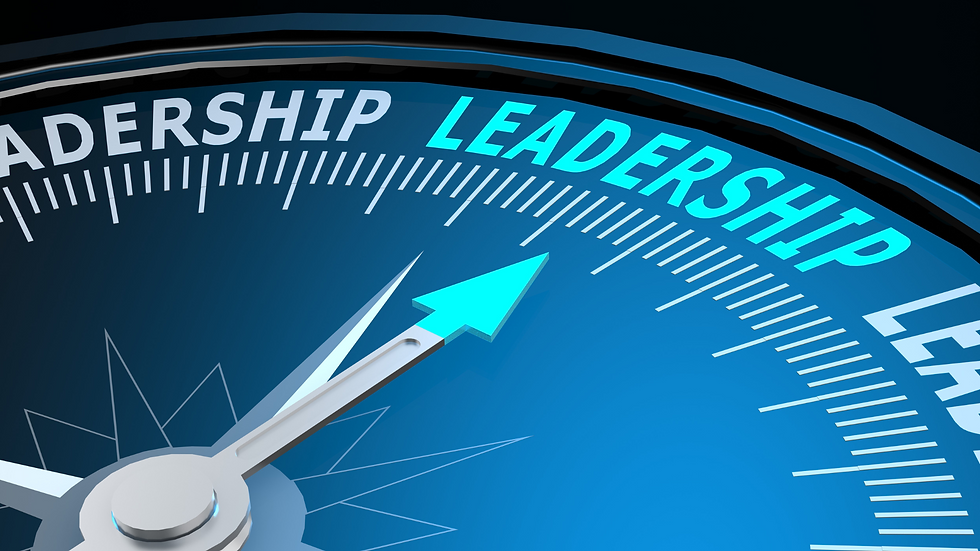Driving Organizational Success through Strategic Leadership Development
- AstutEdge Resource Center
- Apr 17
- 2 min read
Updated: Apr 21

Strong leadership is the foundation of every successful organization. Yet, many companies underinvest in leadership development, assuming that leadership skills will naturally evolve over time. The reality? Organizations that prioritize leadership development experience higher employee engagement, stronger decision-making, and sustained business growth.
This blog explores why leadership development is a critical investment and how organizations can build a leadership pipeline that drives performance and innovation.
Why Leadership Development Matters
Leadership is not just about managing people—it’s about setting the vision, driving culture, and ensuring organizational success. Organizations with strong leadership see:
Higher employee engagement and retention
Improved strategic decision-making
Stronger business performance and adaptability
A culture of innovation and accountability
Without intentional leadership development, companies risk leadership gaps, disengaged teams, and stalled business growth.
Key Elements of an Effective Leadership Development Program
Developing Emerging Leaders
High-potential employees should be identified and provided with structured growth opportunities before they step into leadership roles.
Organizations that invest in early leadership development create a stronger internal leadership pipeline and reduce the need for external hires.
Providing Continuous Learning & Coaching
Leadership is not a one-time training session—it’s an ongoing process.
Regular executive coaching, mentoring, and hands-on leadership experiences help leaders refine their skills over time.
Strengthening Decision-Making & Strategic Thinking
Great leaders think beyond daily operations and align business decisions with long-term strategy.
Leadership training should include real-world problem-solving, data-driven decision-making, and crisis management exercises.
Enhancing Communication & Influence
Leadership effectiveness is closely tied to the ability to communicate a clear vision and motivate teams.
Training should include executive presence, public speaking, and conflict resolution.
Building a Leadership Culture
Leadership should not be confined to a title—every employee should be empowered to lead in their role.
Organizations with strong leadership cultures encourage collaboration, accountability, and continuous growth.
The Business Impact of Leadership Development
Investing in leadership development leads to measurable business improvements, including:
Stronger Financial Performance: Companies with effective leadership outperform competitors by 25% in revenue growth.
Higher Employee Engagement: Employees who feel their leaders are invested in their success are more motivated and productive.
Better Talent Retention: Organizations with strong leadership development programs experience 30% lower turnover rates.
Increased Innovation: Strong leaders create an environment where employees feel empowered to contribute ideas and take calculated risks.
Organizations that prioritize leadership development build a future-ready workforce that can navigate challenges and seize new opportunities.
Conclusion
Strategic leadership development is not a luxury—it’s a necessity for long-term organizational success. By investing in leadership skills, fostering a growth-oriented culture, and preparing emerging leaders, companies can ensure they remain competitive in an evolving business landscape.
Looking to develop stronger leaders in your organization? Contact us to learn how our customized leadership development programs can help your team thrive.
.png)


